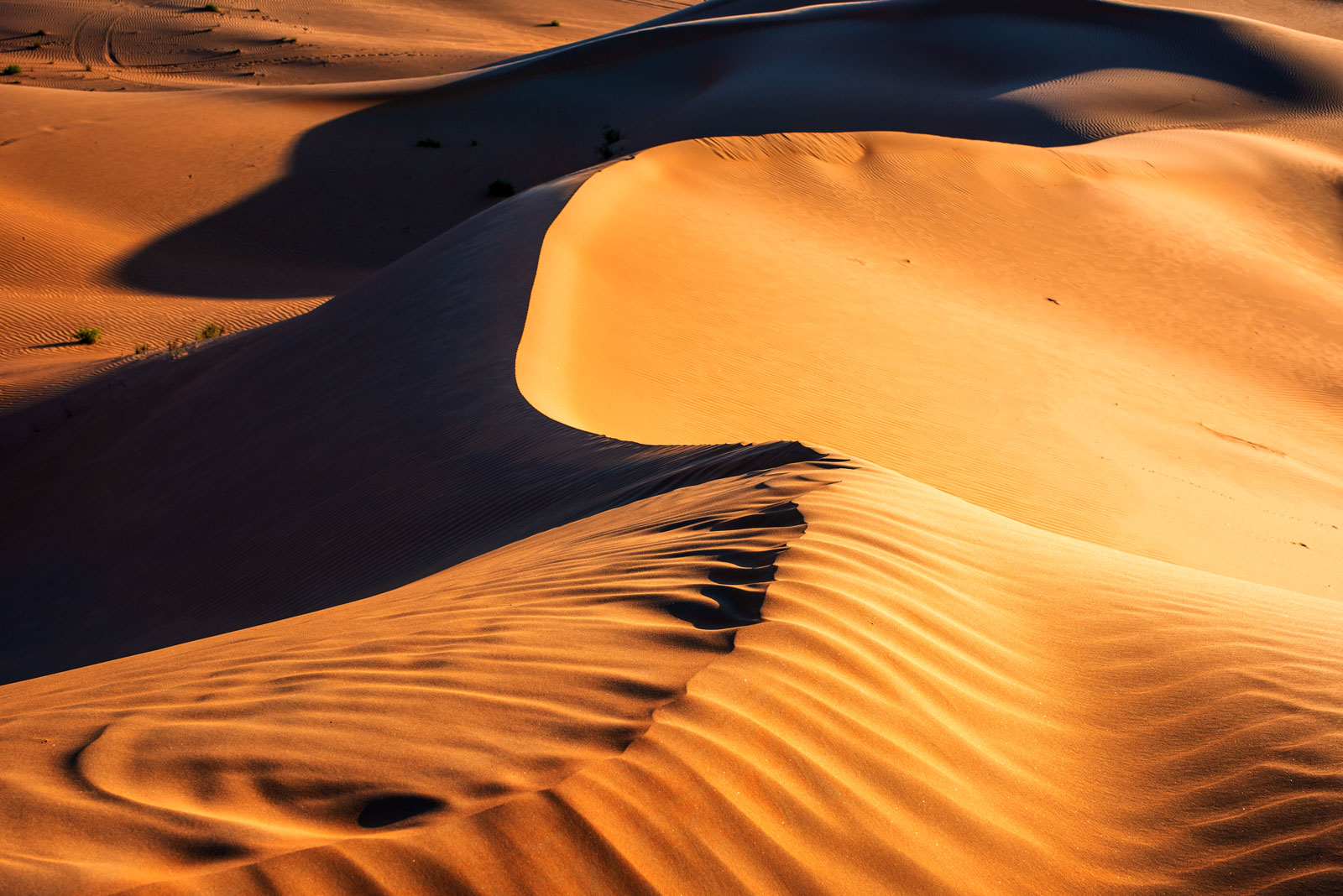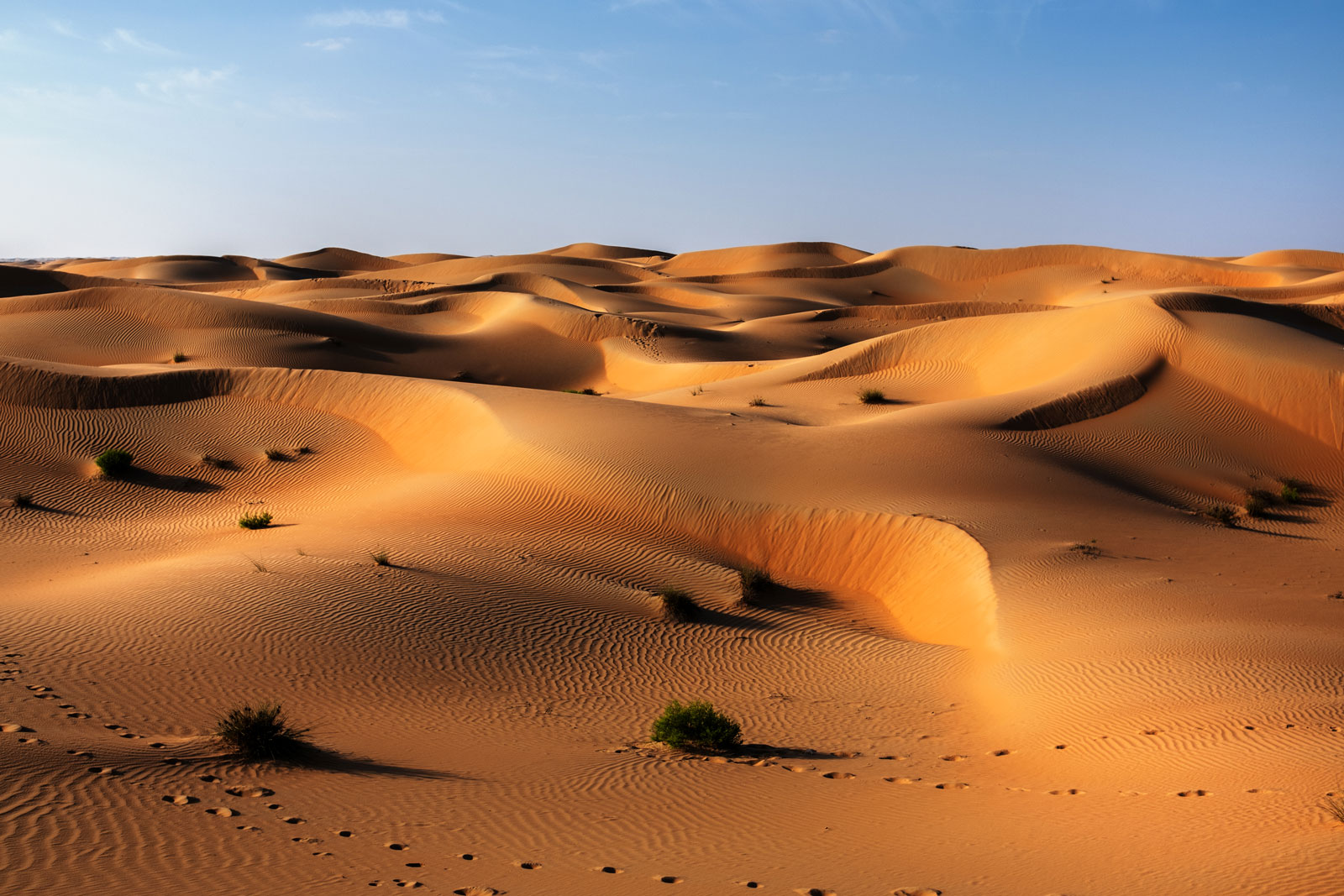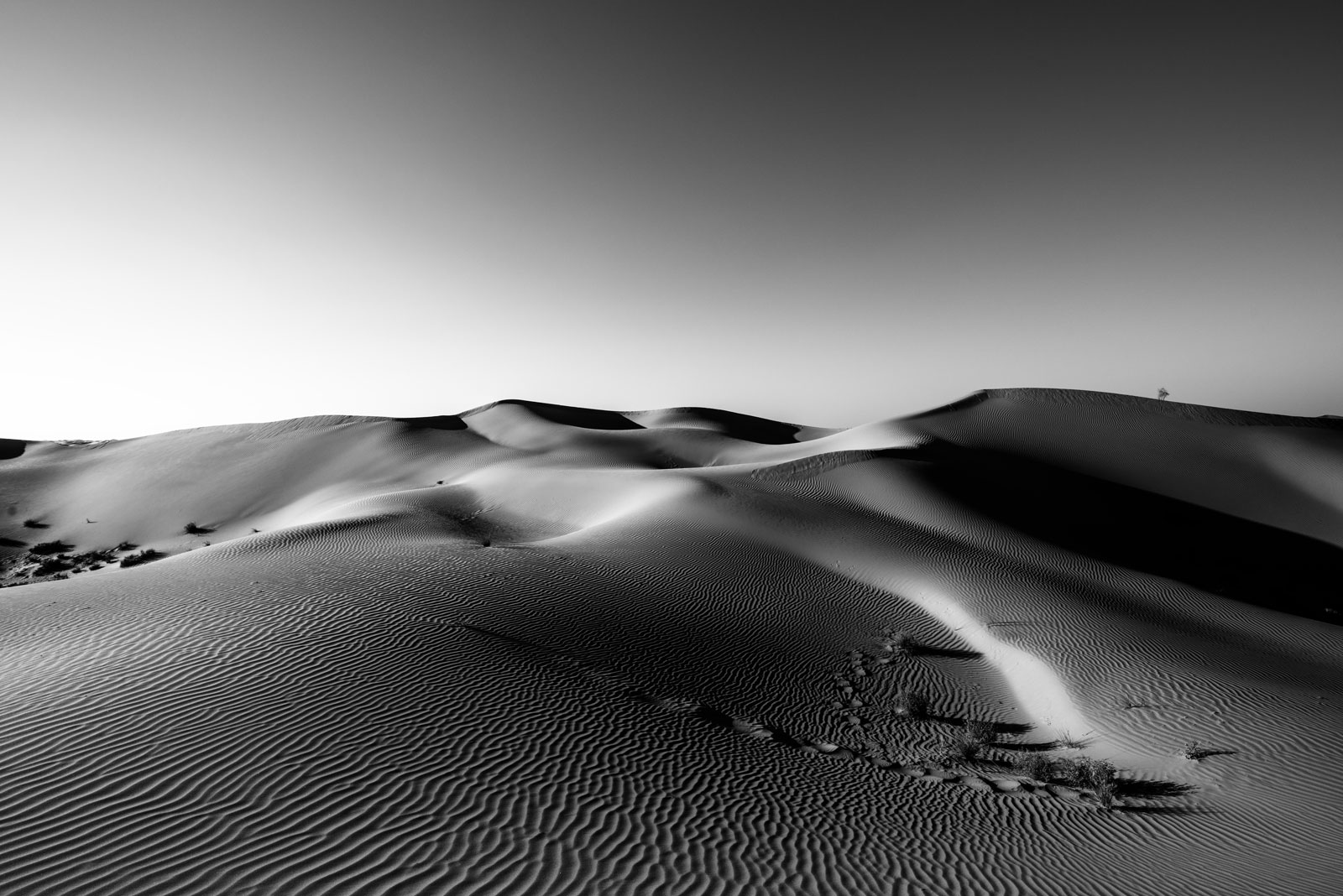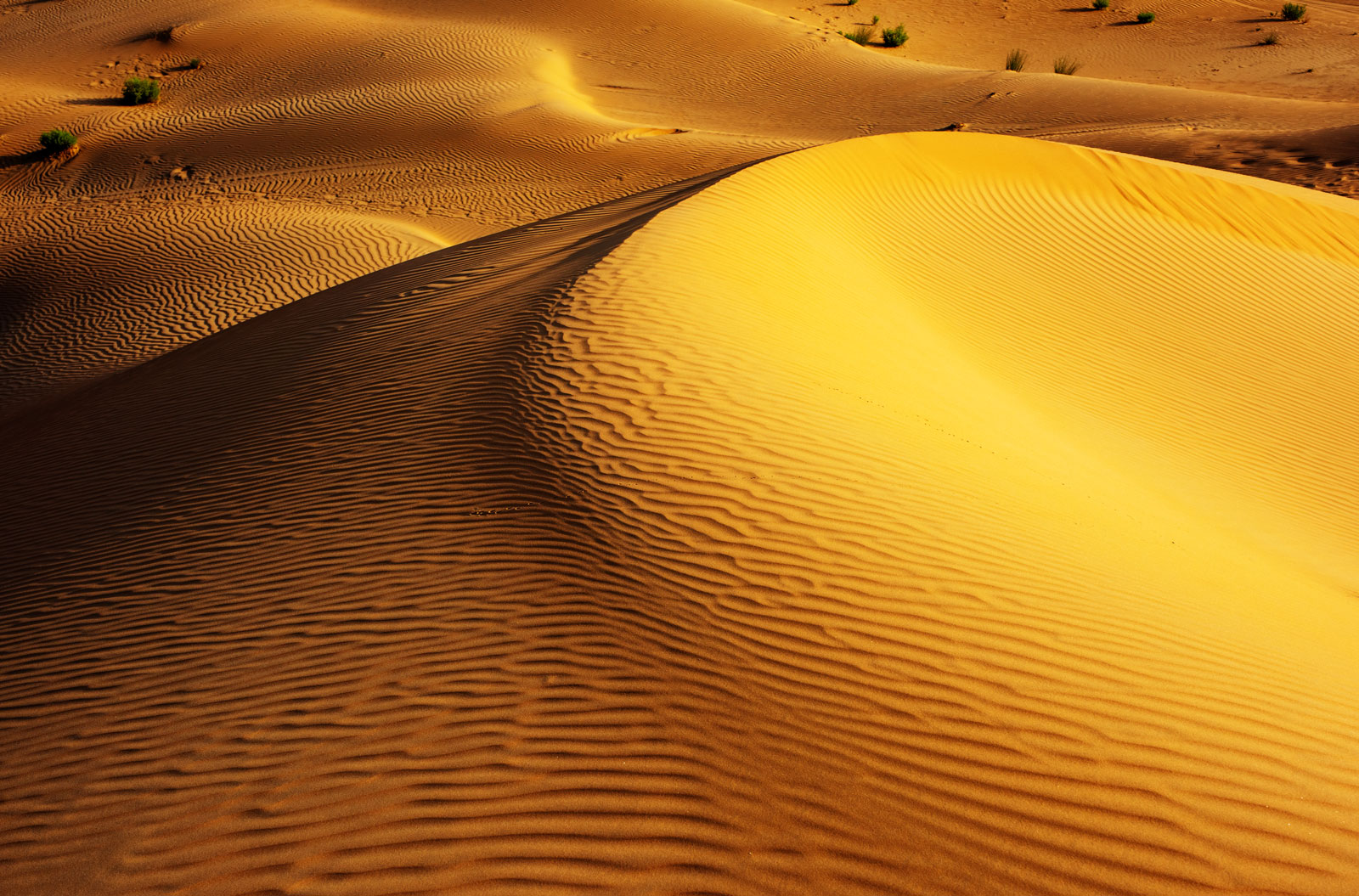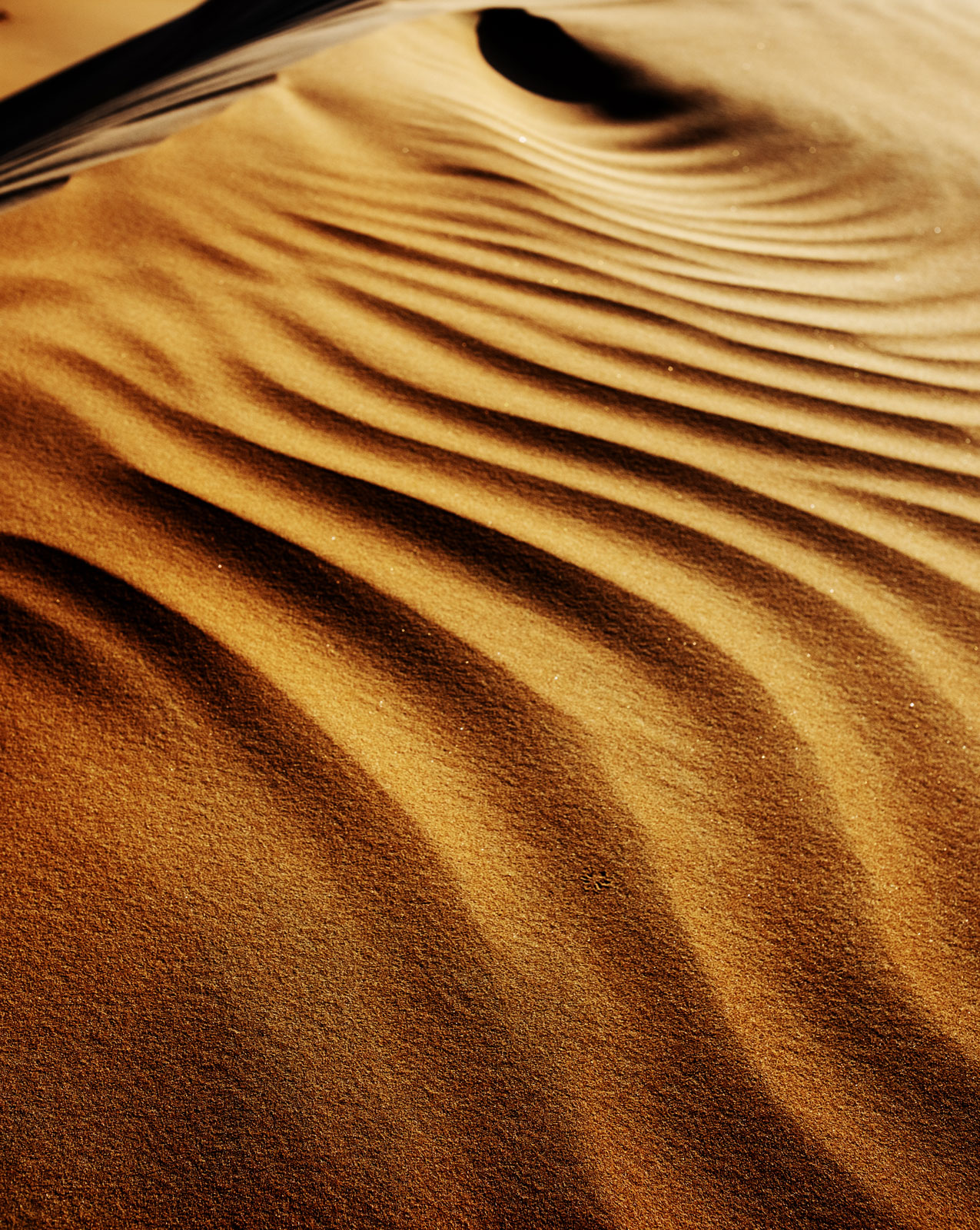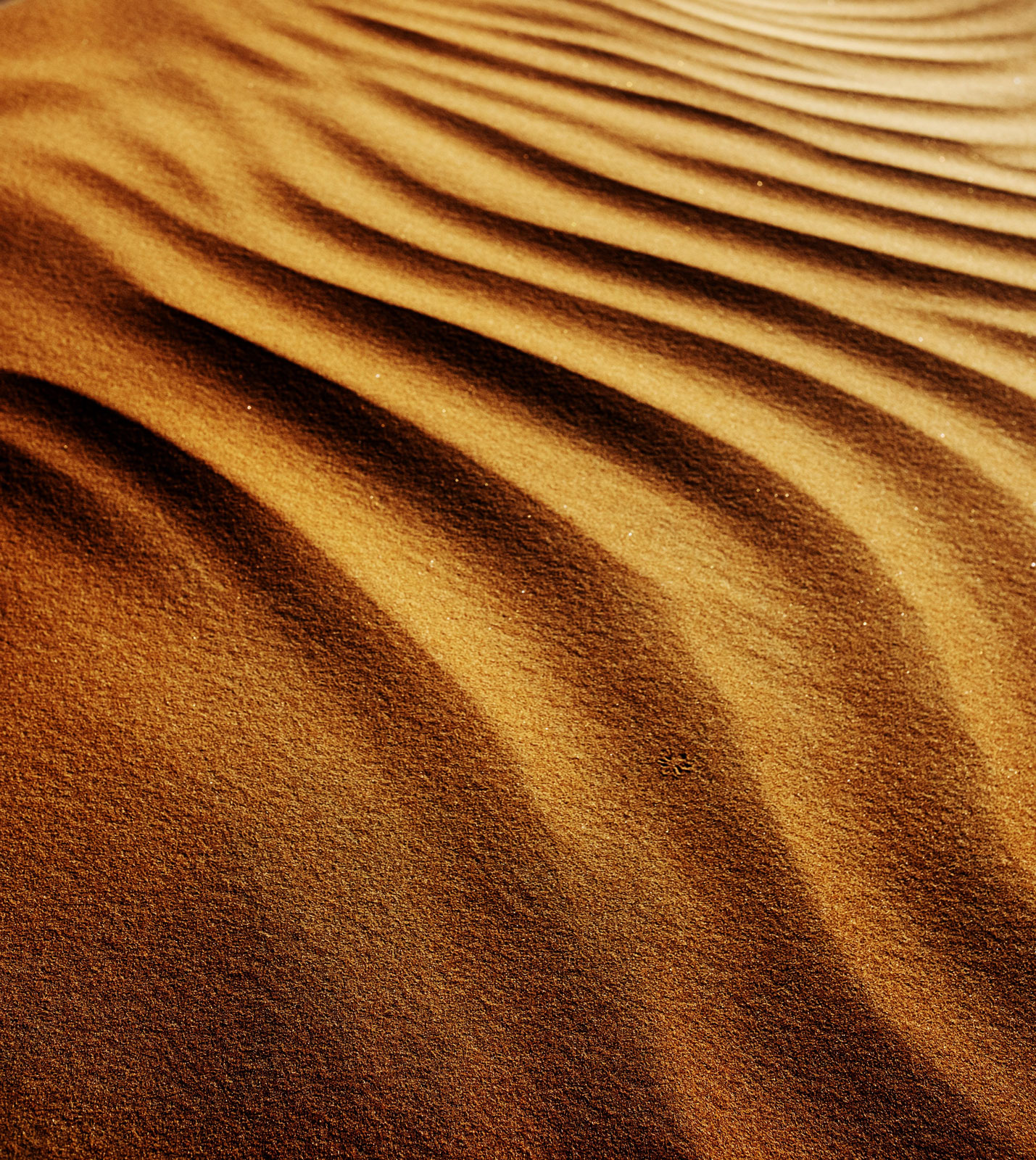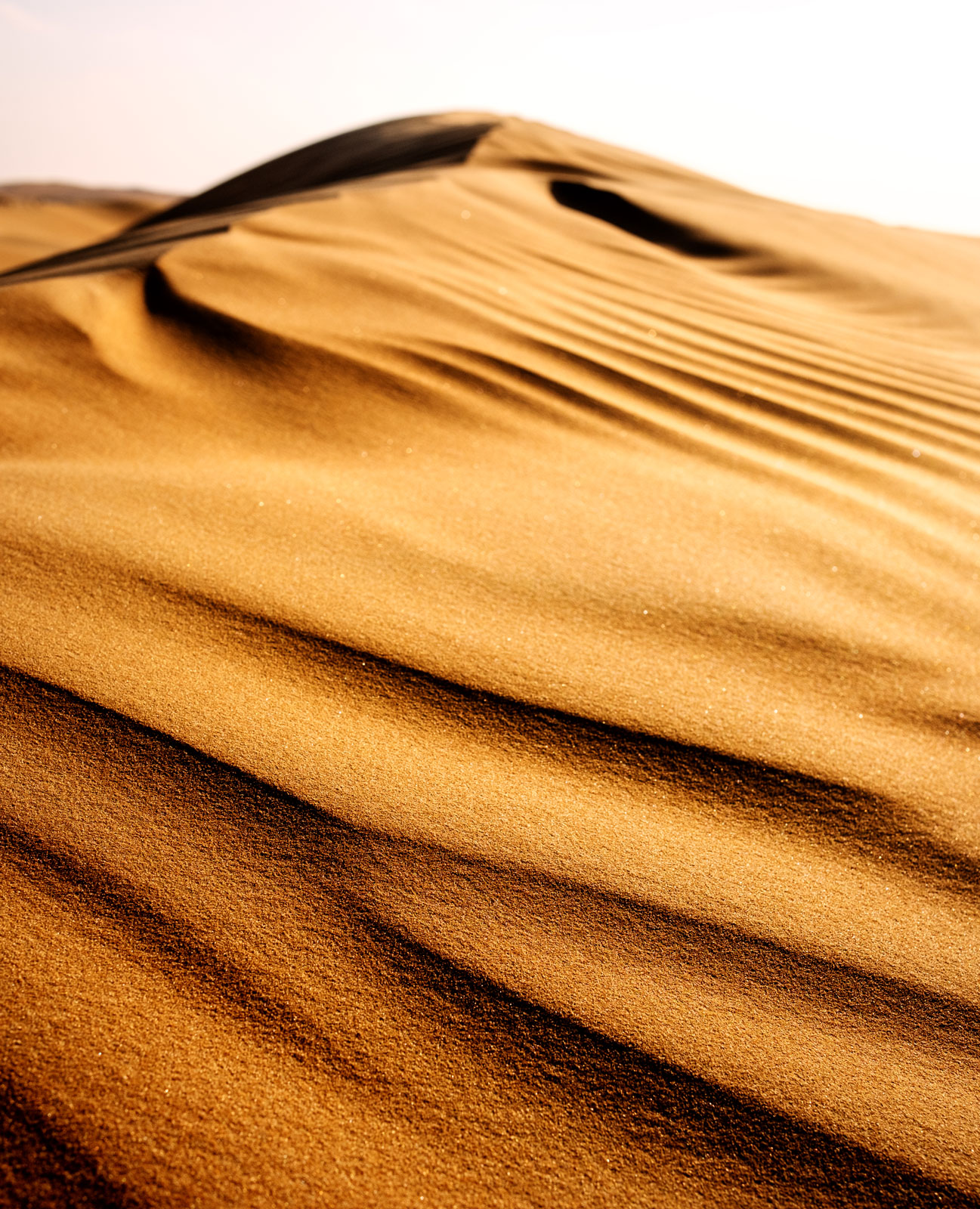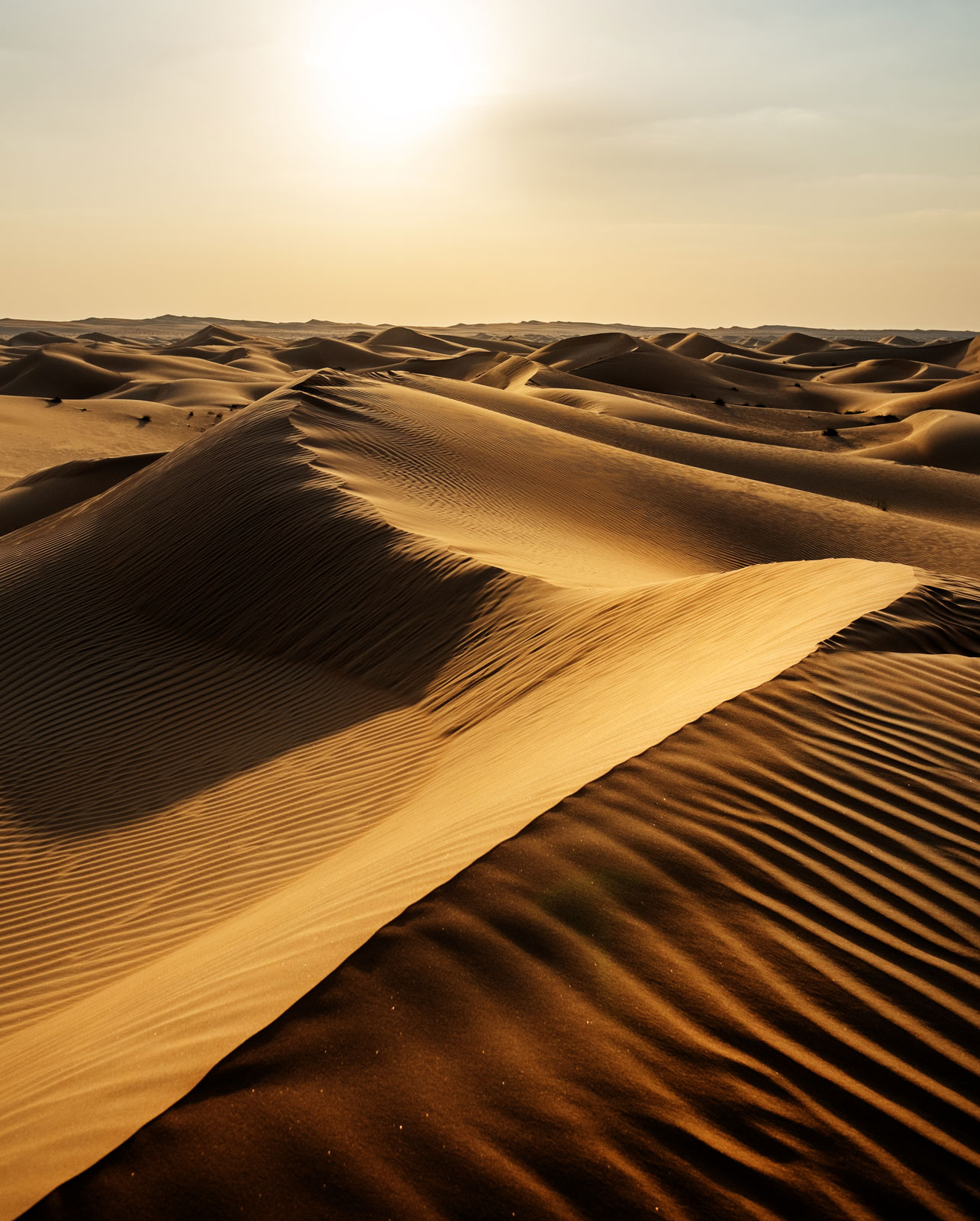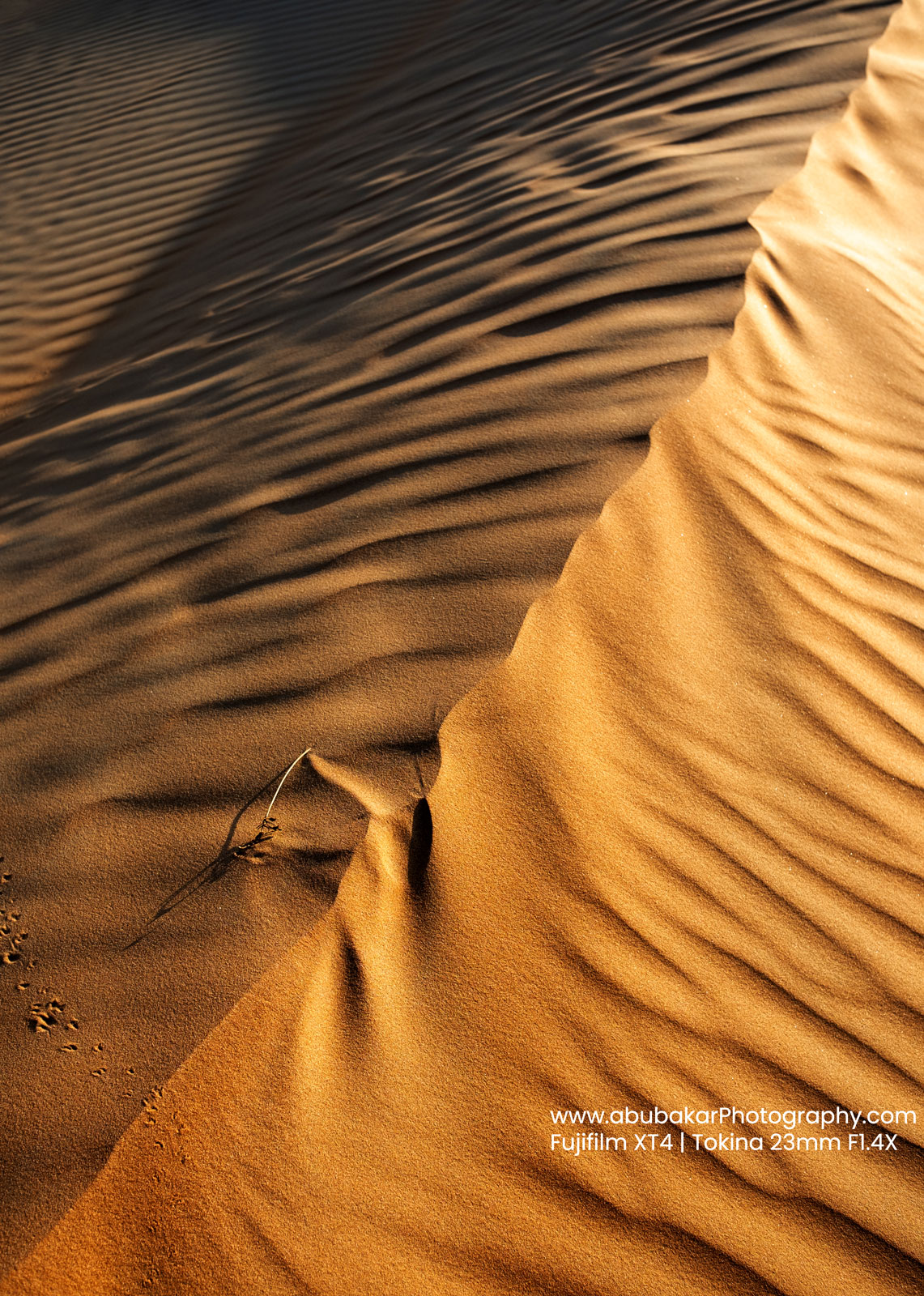Taking photos of the Desert
Nature has many faces. It can be seen in the misty mountains of Himalaya or walking in between the rice terraces of South East Asia, in the loneliness of Grand Canyon or in the vastness of Empty Quarter Desert. Perhaps one can dedicate his entire life exploring these majestic experiences and yet the list wouldn't finish.
Having the privilege of living in the Middle East and eye witness the world's largest Desert, the Empty Quarter, I will be sharing my thoughts on how to capture every aspect of a desert landscape under the umbrella of Nature & Landscape Photography. Known for its red sand and high dunes, Empty Quarter is spread among Saudi Arabia, UAE, Oman and Yemen and considered one of the most remote areas in the world.
What makes Desert different from other landscapes?
If you haven't taken any photos in the desert, then it's important to note that deserts are completely different compare to other naturally exotic places. The sand dunes don't stay static for long time as the wind will change their shape every other hour and surface is extremely fragile and unstable. Perhaps we can closely relate it to the newly snowed areas where your steps will have markings wherever you go, and you cannot really undo the damage done by those steps in the scenery.
Considering these facts, it is very important that you wait and wouldn't end up disturbing and damaging the beautiful patterns on the foreground.
I usually follow below structured plan to shoot in the desert:
1. Find a high ground
This concept comes from general principle of landscape photography which teaches us not to get ourselves behind a huge object which will make the entire scenery invisible to naked eyes. This can be achieved with mere observation and patience. Once you are sure which dune you want climb on, use your tripod and carry less weight on shoulders. Perhaps walking on sand dunes wouldn't be ideal as the sand is very slippery but getting a higher ground is very ideal to cover the entire area.
2. Keep telephoto, macro and prime lenses
I always keep telephoto and prime lenses with me. Wide angles are not really ideal unless you want to capture details of the entire view or a large sand dune, which cannot be covered by a prime lens. Photos shown in the article are taken with:
- Tokina opera 16-28mm F2.8 FF
- Tokina atx-m 23mm F1.4 X
- Tokina opera 50mm F1.4 FF
- Tokina atx-m 33mm F1.4 X
3. Keep two camera bodies & a tripod
It is very important to keep multiple variations in lenses and camera bodies with you. Don't forget that desert isn't a place where you want to open your camera bag because it's always windy there and sand particles will go inside your gear and camera sensor, which can bring a disastrous damage. I always put one standard prime on tripod and use a telephoto handheld to take various kind of shots.
What to look for in desert?
Desert has many faces. You will see dunes, both high and low along with hundreds of patterns, layers and shapes carved on them through every stroke of the wind. Vast landscapes, macro objects like insects and reptiles for wildlife photography. Usually, desert areas are not really lucky to have dreamy or cloudy sky so in my opinion one shouldn't expect such things and make a plan with flat blue sky. Mostly deserts are extremely warm too so mirages created by the heat waves would be clearly visible.
1. Fine Art Photography
There is no way, a photographer wouldn't notice beautiful patterns and shapes in the desert. Take one portion out of one big shape, and you will have a unique composition. Ideally under the sun light, these patters create natural vibrant colors along with dramatic shadows and highlights which are ideal for fine art photography. This is the exact reason why shouldn't roam around on the sand dunes because that's what you will be shooting after 30 minutes. Sand dunes have layers and layers of long patterns, and ideally the complete layer should be captured in one composition.
All of these images, when opened in your laptop during post processing, will gives you a feeling to convert them into black and white and see how they look like. that's where you will love them.
2. Landscape Photography
Remember desert is vast area so there will be plenty of possibilities to capture good landscape photography shots. The only thing needed is to find a spot where a whole pattern in dunes can be placed in one composition. Without such pattern, the photo wouldn't make any sense. Patterns of sand dunes lies either on the footstep of a large sand dune or from the top of high sand dune. Both can work for as far as your eyes are good at finding similar compositions.
Find contrast, shadows and highlights
Desert has magical, lively and vibrant colors. Ideal time to visit is always during sunlight because that's when the light plays its tricks. You will see not just patterns and layers of beautiful sand dunes but also the magical highlights and shadows.
Summary
Deserts are one of the most wonderful places on our planet and provides plenty of opportunities to take photos without any constraints. Make sure to stay longer and I promise that your eyes will keep on finding new compositions every other minute which will end up tons of beautiful photos.
